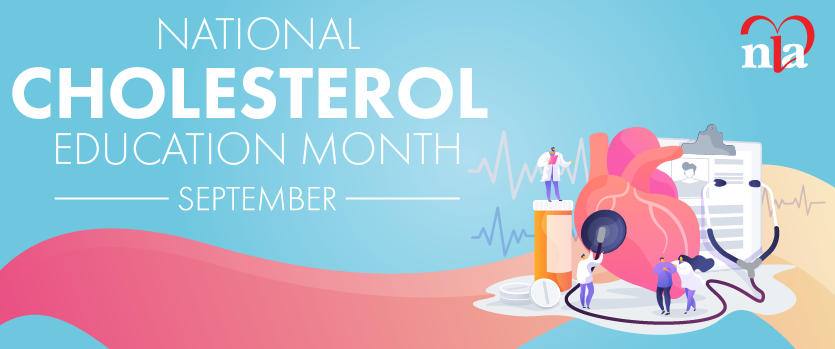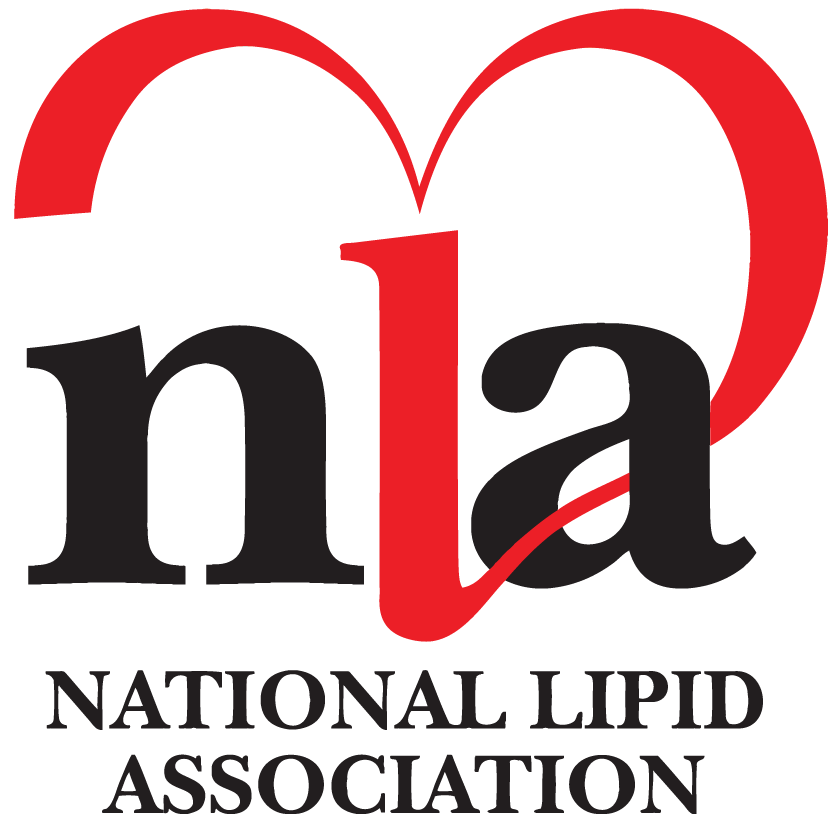Last Updated: Thursday, 02-Apr-2015 16:00:00 EDT
Summary of the 2015 ACC Scientific Sessions
The National Lipid Association (NLA) was in attendance at the recent American College of Cardiology (ACC) Annual Scientific Session and Expo 2015, March 14-16, in San Diego. The meeting was dedicated to the diagnosis, prevention and treatment of cardiovascular disease, taking an interactive and innovative educational approach with a focus “more on learning and less on lecturing.” While the meeting covered a host of disease topics including noninvasive imaging; heart failure and cardiomyopathies; congenital heart disease; hypertension prevention and more, here is a top-line overview for NLA members of this year’s main events:
While there was no large, late-breaking lipid outcomes news from ACC, there was important data presented on the efficacy and safety of two PCSK9 monoclonal antibodies, both of which were published online in The New England Journal of Medicine on March 15.
Here is a top-line summary of each:
- The ODYSSEY long-term study evaluated 2,341 patients randomized to Alirocumab 150 mg SQ every two weeks + optimal standard of care or placebo/optimal standard of care for 78 weeks. The LDL-C reduction was 62 percent with Alirocumab (from 122 mg/dL to 48 mg/dL), and this was maintained throughout the trial. Corresponding reductions in other lipid measures were: -52 percent for non-HDL-C, -52 percent for apo B, and -26 percent for Lp(a). There were no safety issues in the Alirocumab group compared to placebo, although there was a nonsignificant trend to more neurocognitive events (mostly memory) in the Alirocumab group. Interestingly, 37 percent of active treatment patients had a LDL-C < 25 mg/dL during the trial.
- In the OSLER study, 4,465 patients were enrolled in an open-label fashion to either Evolocumab at 140 mg SQ every two weeks or 420 mg SQ every four weeks + standard of care vs standard of care for 48 weeks. The LDL-C reduction was 61 percent with Evolocumab, from 120 mg/dL to 48 mg/dL (amazingly similar to the Alirocumab results). Corresponding reductions in other lipid measures were: -52 percent in non-HDL-C, -47 percent in apo B, and -25 percent in Lp(a). There also were no safety issues, except for a nonsignificant trend in neurocognitive events in the Evolocumab group compared to standard of care.
- Both of these studies evaluated adjudicated CVD events over their short duration, and although not intended to be outcomes studies, they both showed about a 50 percent lower incidence compared to the standard of care group. These drugs have ongoing CVD outcomes trials—ODYSSEY Outcomes for Alirocumab and FOURIER for Evolocumab.
“I always enjoy the opportunity to interact with colleagues, peers and thought leaders from around the world at forums such as ACC. With the recent debut of the NLA recommendations last fall, this was another invaluable opportunity to engage in thoughtful discourse about how the recommendations fit into the existing cholesterol management treatment paradigm,” said Peter H. Jones, M.D., Associate Professor at the Baylor College of Medicine and Chief Science Officer of the NLA. “One of my personal highlights from ACC was my participation in a panel discussion with several international societies, comparing and contrasting the current lipid guidelines.”
This lipid-focused session had presentations from the ACC/AHA cholesterol guidelines (by Neil Stone), the ESC/EAS guidelines for management of dyslipidemia (by Alberico Catapano), the Canadian Cardiovascular Society Lipid Guidelines (by Paul Poirier) and the NLA Part 1 Recommendations (by Peter Jones). There was an open question/discussion with the audience. The main outcome of this session was the close alignment of the ESC, Canadians and NLA on the importance of attaining atherogenic lipoprotein targets (LDL-C and non-HDL-C) with appropriate statin intensity (and other therapies if needed). Risk assessment for CVD is crucial, and each organization uses different tools to estimate 10-year and/or lifetime risk; however the consensus was that the clinician should use the tool that makes the most sense to them. There was a consensus that ezetimibe, as a non-statin therapy, is a safe and now proven agent to add to statins in selected high-risk cases for additional LDL-C reduction.
Finally, there was some interest in the lipid efficacy of the Esperion drug ETC-1002, which is an ACL/AMPKinase inhibitor. In a study of 348 patients with or without statin muscle intolerance, two doses of ETC monotherapy, ezetimibe 10 mg or the combination of ETC two doses + ezetimibe was evaluated over 12 weeks. The reduction in LDL-C was 30 percent with ETC top-dose monotherapy and 48 percent with ETC top dose + ezetimibe. ETC top-dose monotherapy also reduced apo B 20 percent and LDL-P 25 percent.
As always, the NLA is proud to partake in educational forums including this one hosted by the ACC, which help further our knowledge of cardiovascular disease in this country. We look forward to future attendance and will provide an overview whenever possible.





.jpg)
.png)










